This series of walkthroughs aims to help out complete beginners with finishing the Pre Security Path on the TryHackMe (thm)1 website.
It is based on the learning content provided in the Intro to LAN room.
Task 1 - Introducing LAN Topologies
An interactive lab is provided to highlight each of the network topologies and their respective vulnerabilities. But besides the chance to break them, you are provided with nice graphical demos depicting the various topologies at work. The flag is only shown, after all the various networks are taken down.
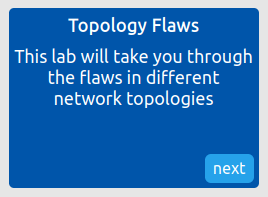
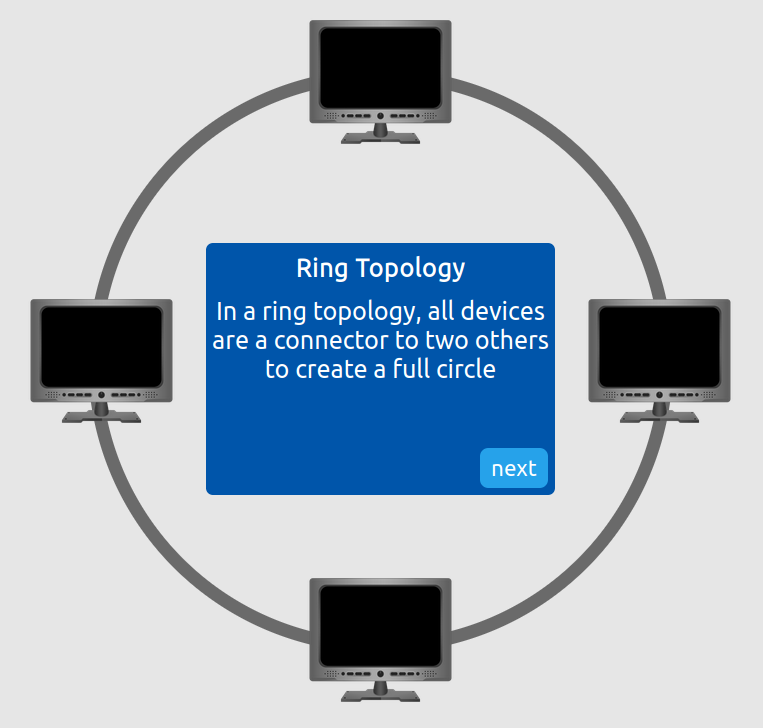
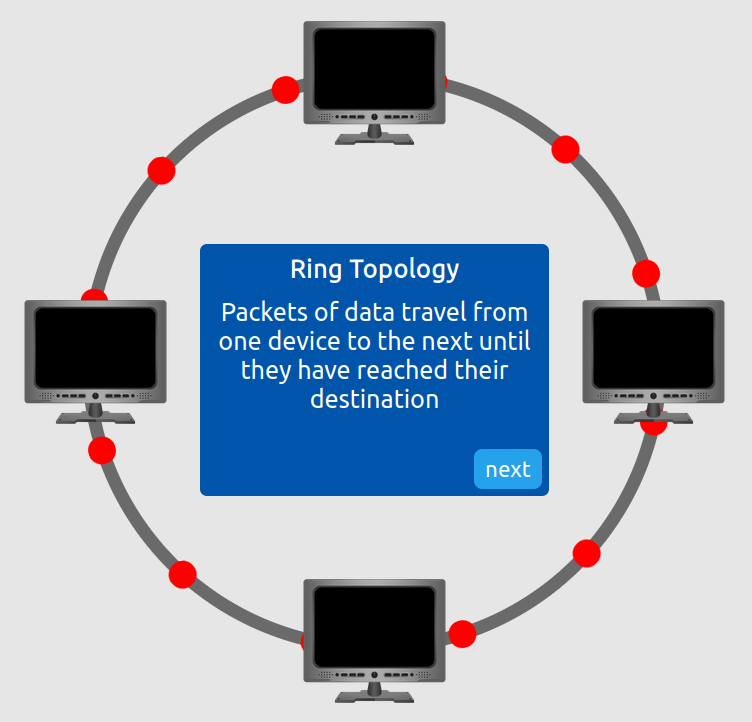
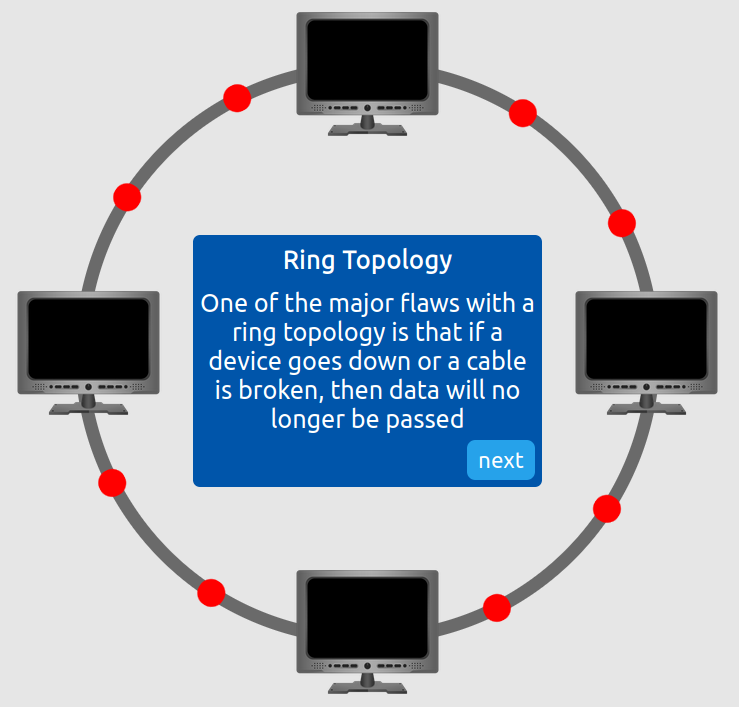
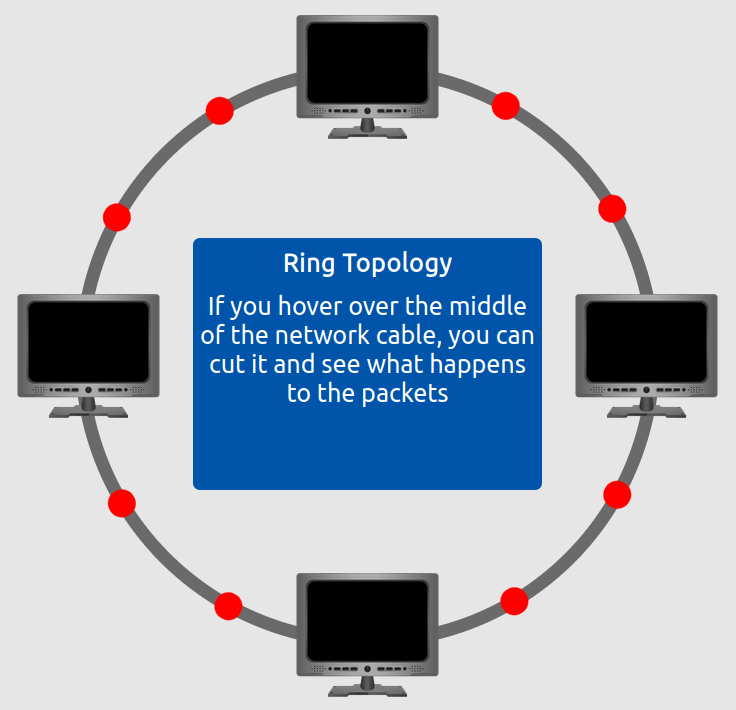
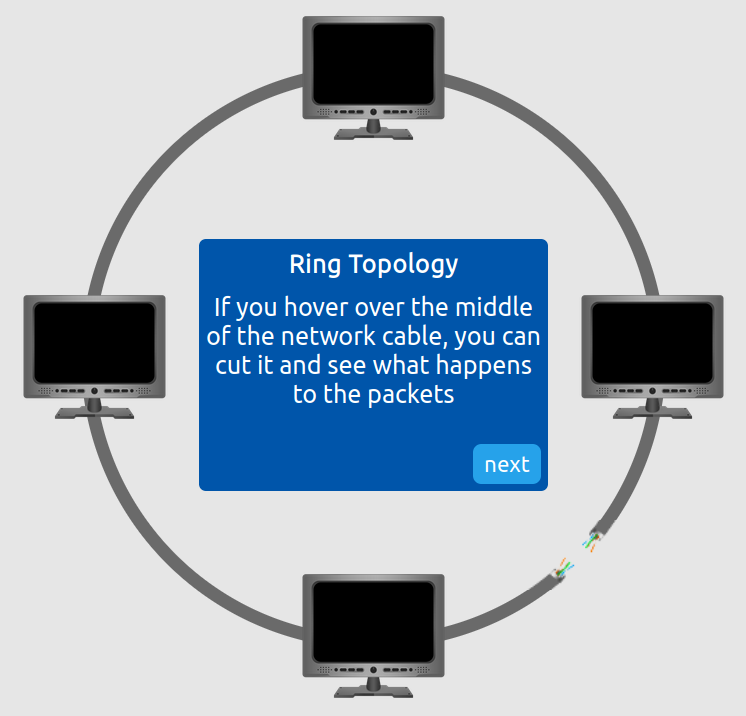
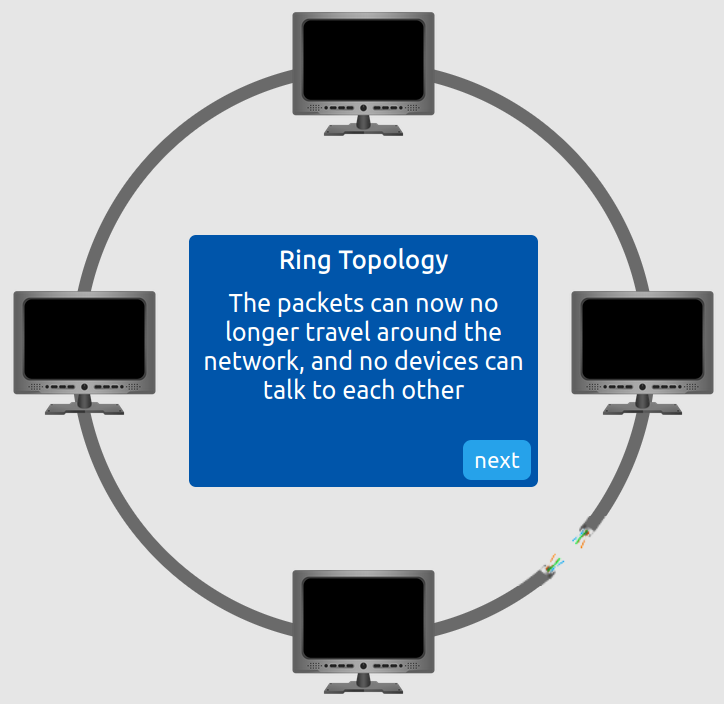
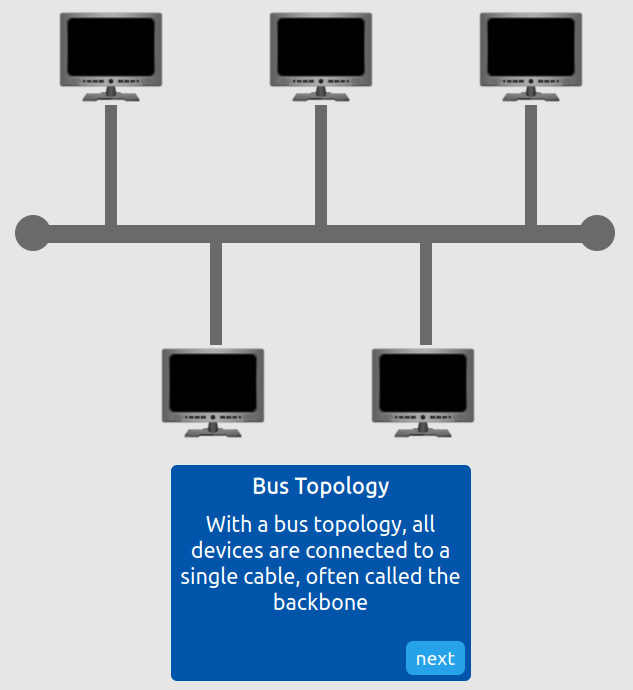
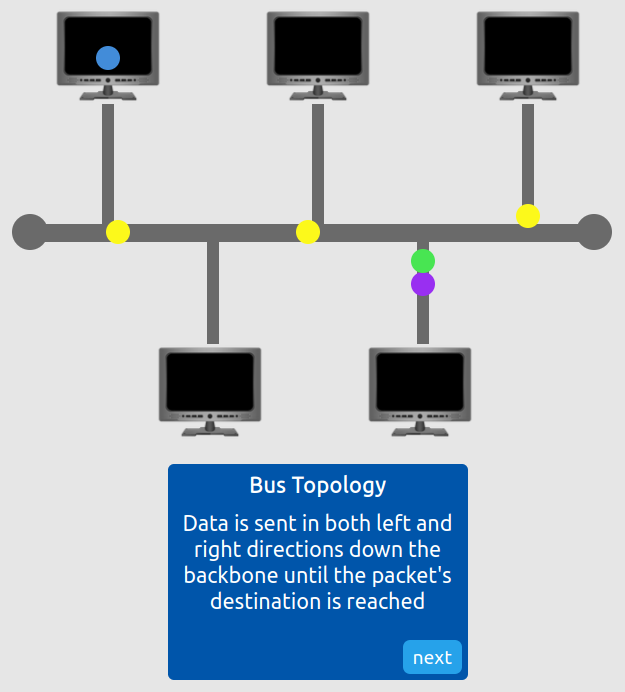
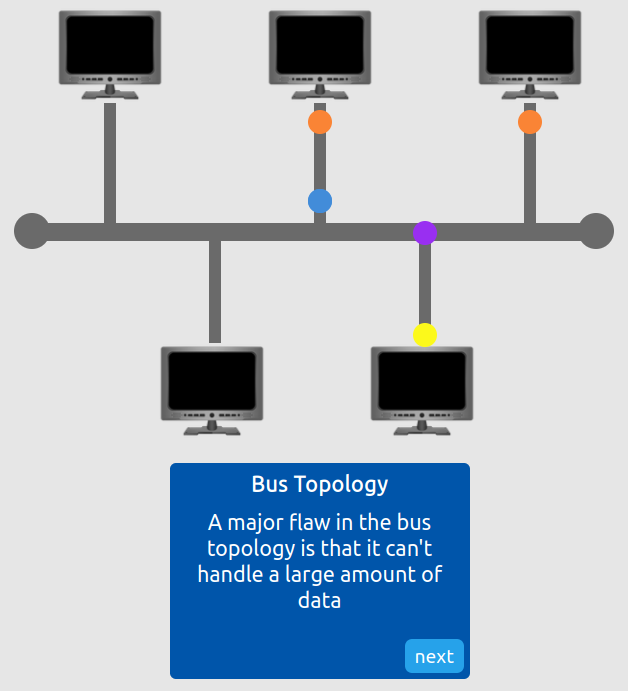
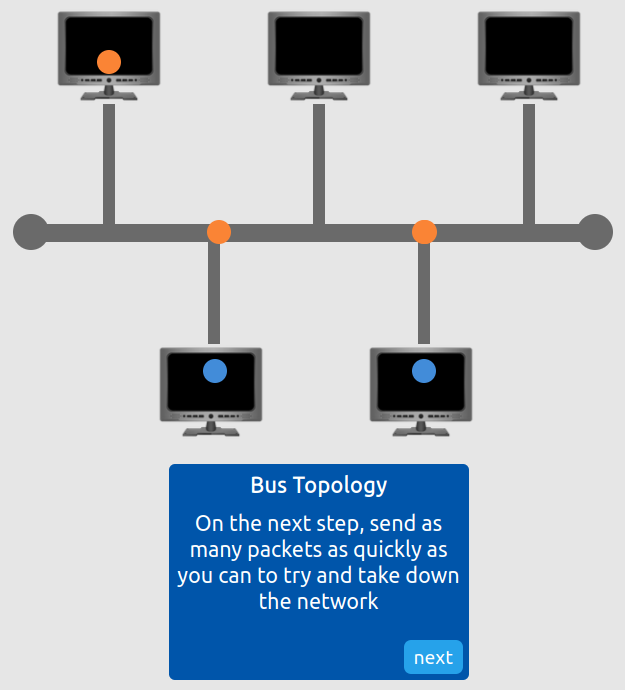
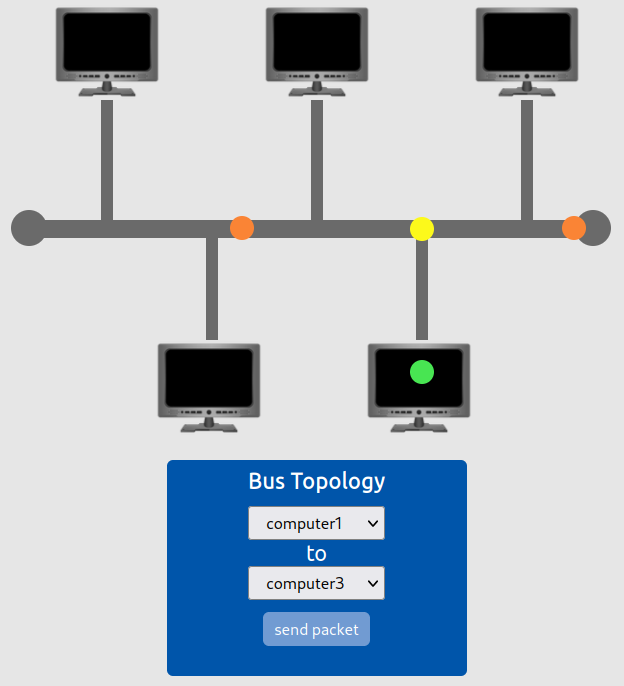
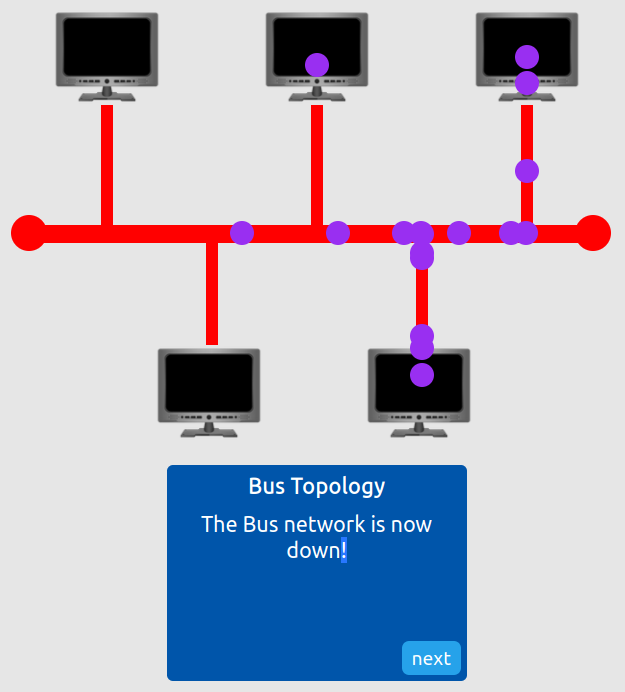
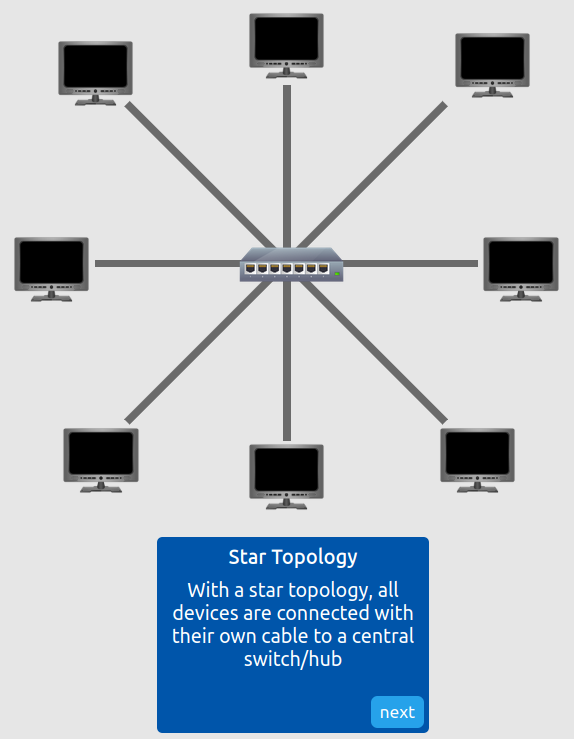
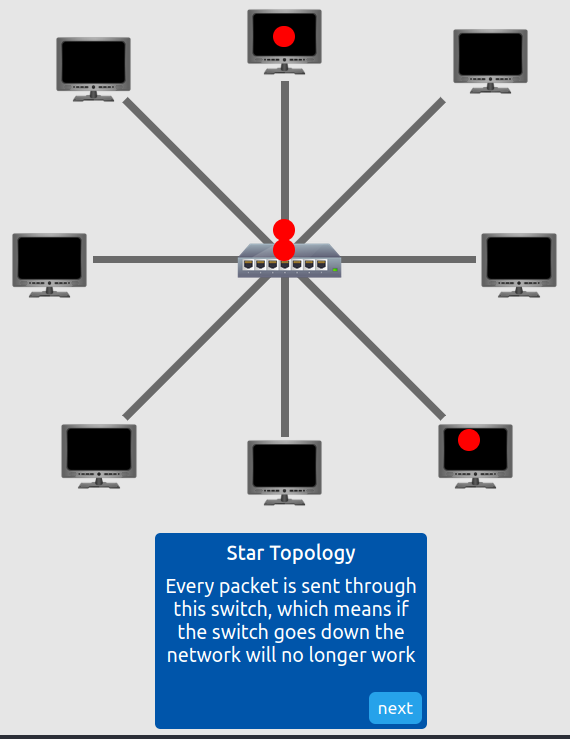
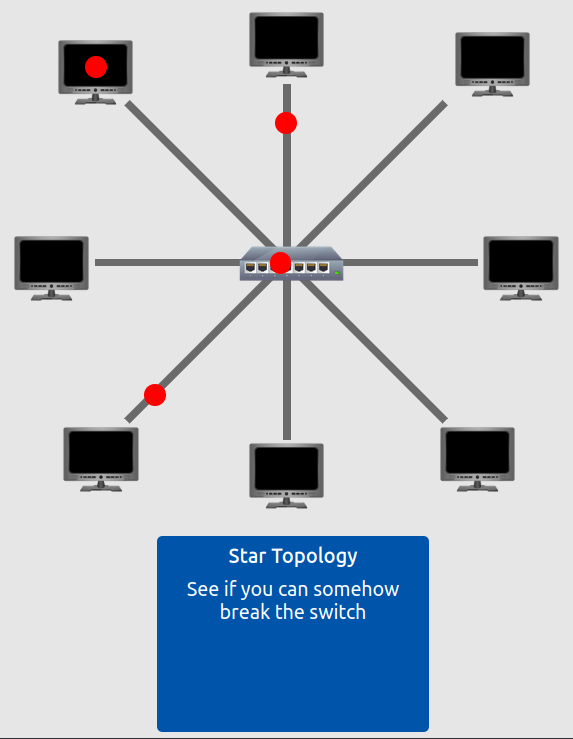
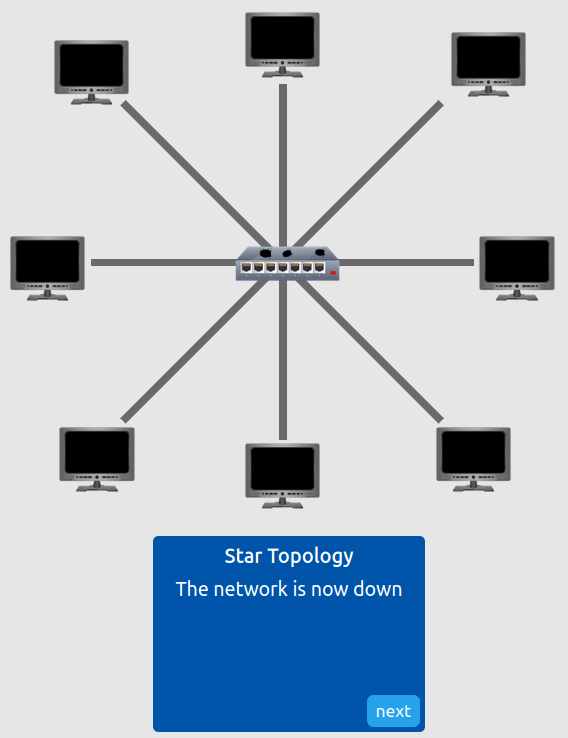
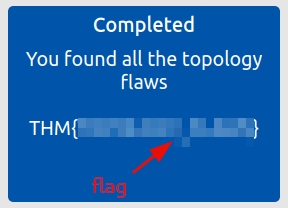
Question 1: What does LAN stand for?
Local Area Network
Question 2: What is the verb given to the job that Routers perform?
Routing
Question 3: What device is used to centrally connect multiple devices on the local network and transmit data to the correct location?
Switch
Question 4: What topology is cost-efficient to set up?
Bus Topology
Question 5: What topology is expensive to set up and maintain?
Star Topology
Question 6: Complete the interactive lab attached to this task. What is the flag given at the end?
flag
Task 2 - A Primer on Subnetting
Get a basic idea about subnetting and it’s obvious advantages before moving to the next task.
Question 1: What is the technical term for dividing a network up into smaller pieces?
Subnetting
Question 2: How many bits are in a subnet mask?
32
Question 3: What is the range of a section (octet) of a subnet mask?
0-255
Question 4: What address is used to identify the start of a network?
Network Address
Question 5: What address is used to identify devices within a network?
Host Address
Question 6: What is the name used to identify the device responsible for sending data to another network?
Default Gateway
Task 3 - The ARP Protocol
Check out how devices use the address resolution protocol to identify themselves on a network before proceeding to the next task.
Question 1: What does ARP stand for?
Address Resolution Protocol
Question 2: What category of ARP Packet asks a device whether or not it has a specific IP address?
Request
Question 3: What address is used as a physical identifier for a device on a network?
MAC Address
Question 4: What address is used as a logical identifier for a device on a network?
IP Address
Task 4 - The DHCP Protocol
Discover, how a device on a network without an IP address may request one from the DHCP server, and how that IP address get’s assigned to it.
Question 1: What type of DHCP packet is used by a device to retrieve an IP address?
DHCP Discover
Question 2: What type of DHCP packet does a device send once it has been offered an IP address by the DHCP server?
DHCP Request
Question 3: Finally, what is the last DHCP packet that is sent to a device from a DHCP server?
DHCP ACK
Task 5 - Continue Your Learning: OSI Model
By finishing this room, you can head over and check out the next room in the module.
Question 1: Join the OSI Model room room.
No answer needed
thm - shorthand for TryHackMe from now on ↩︎